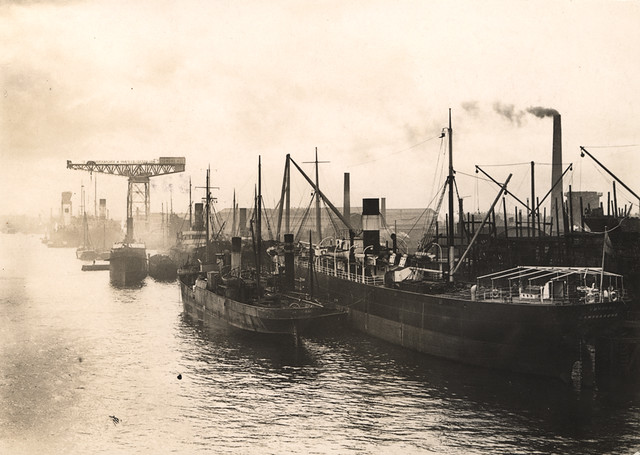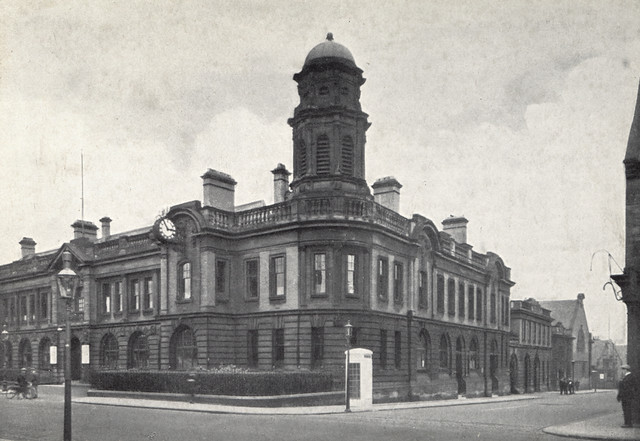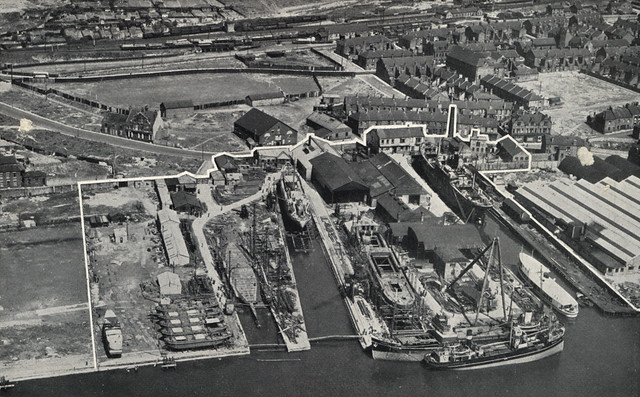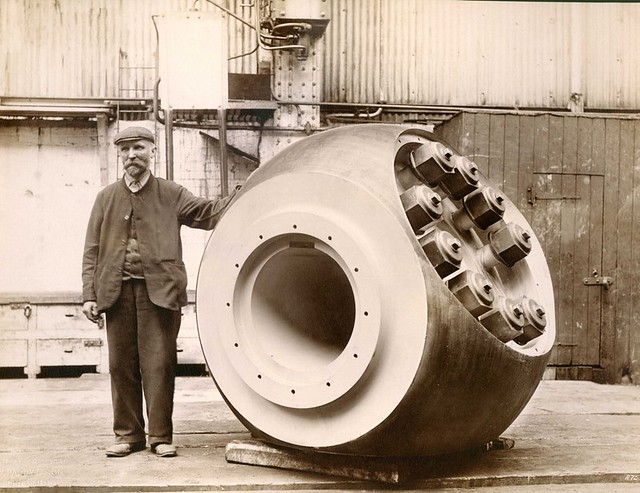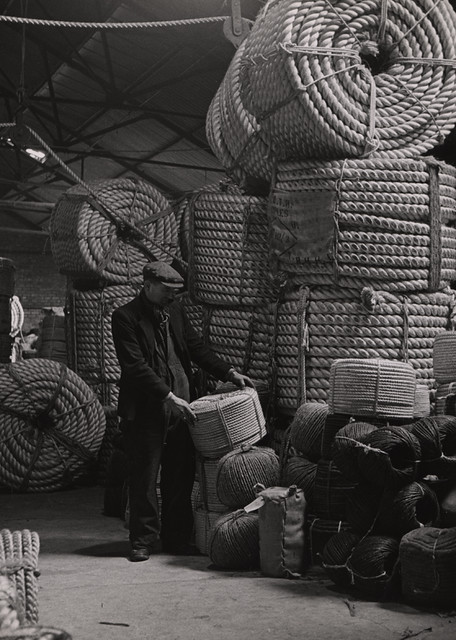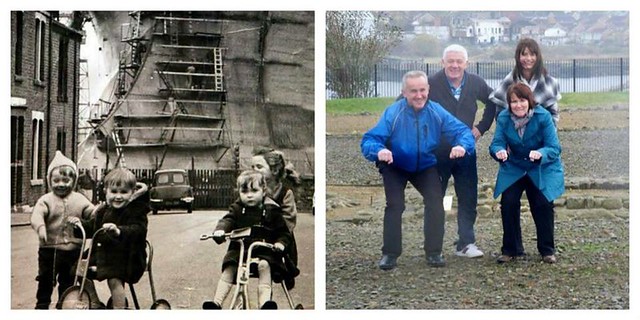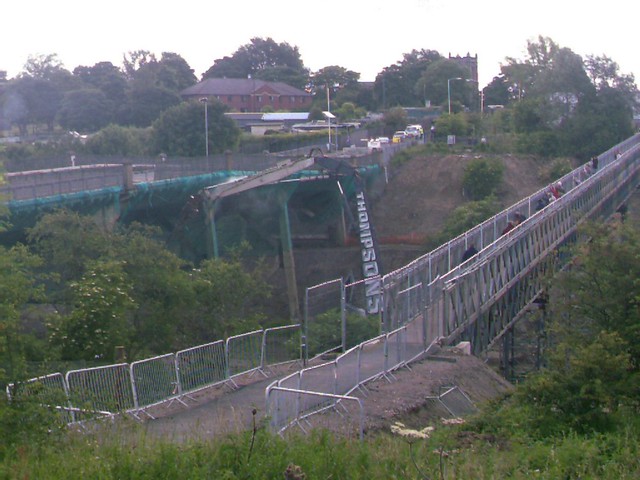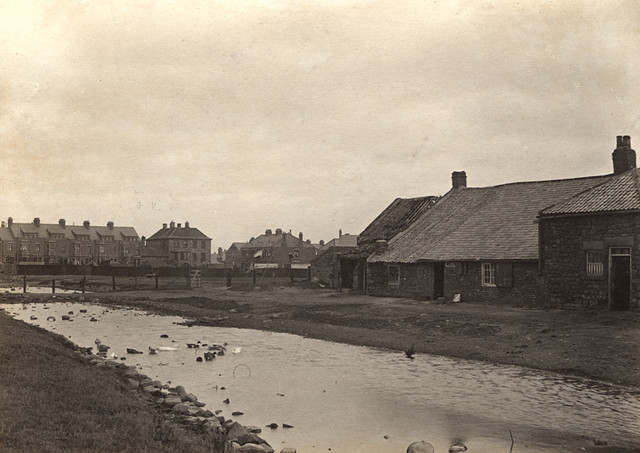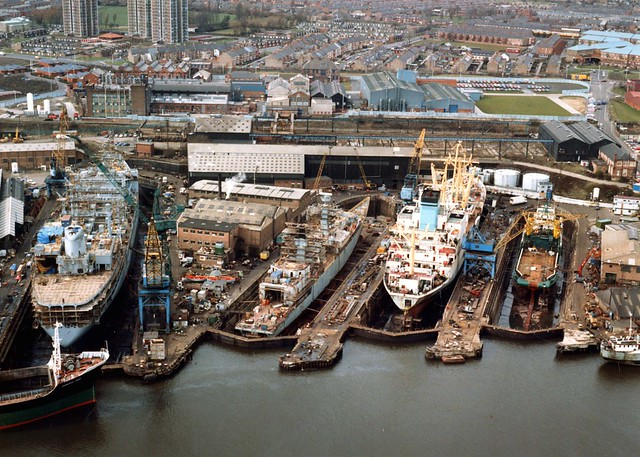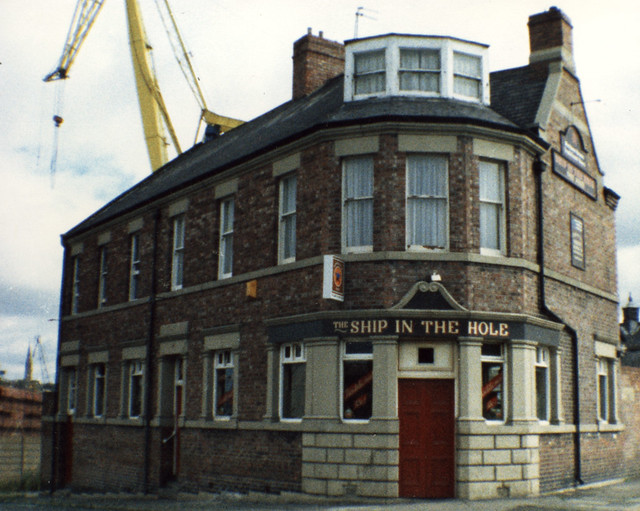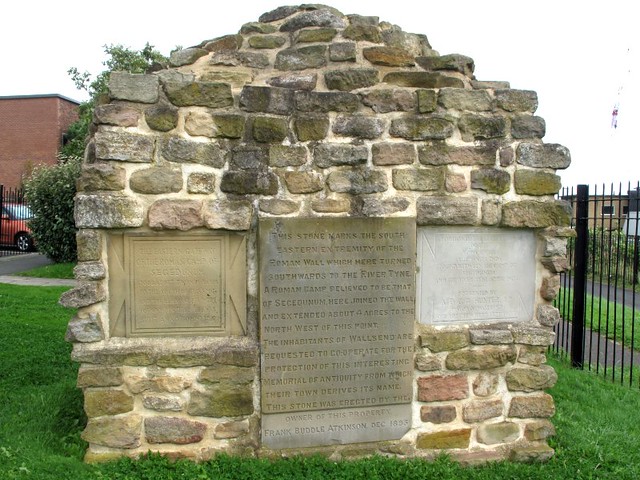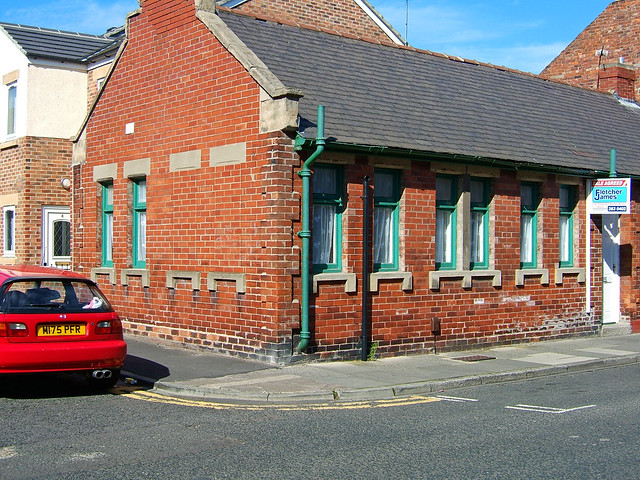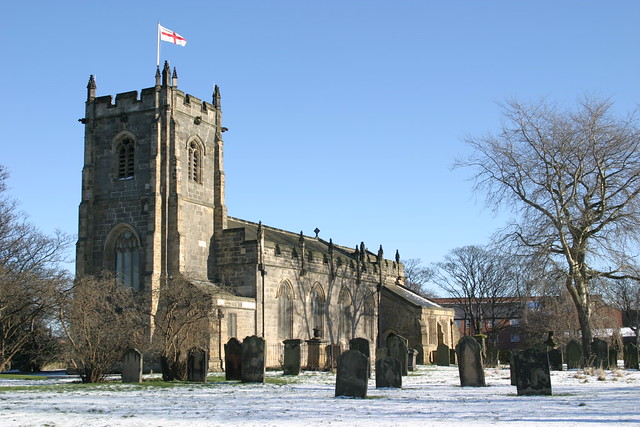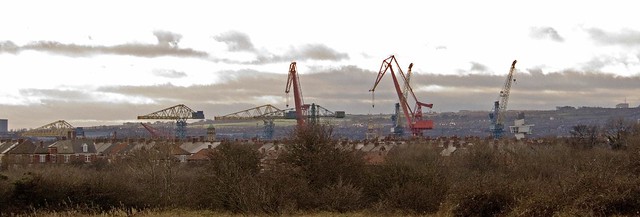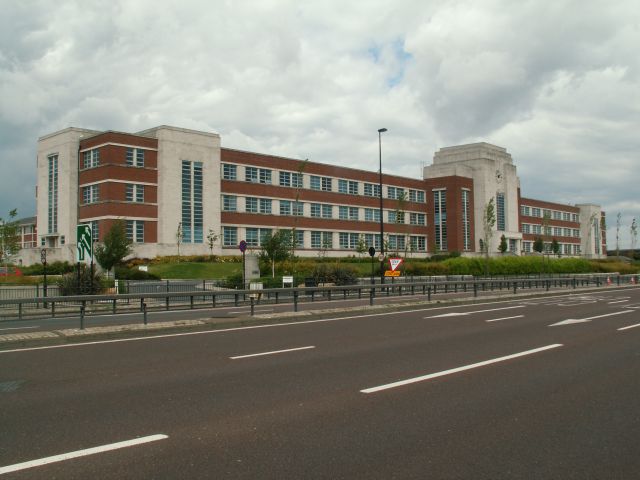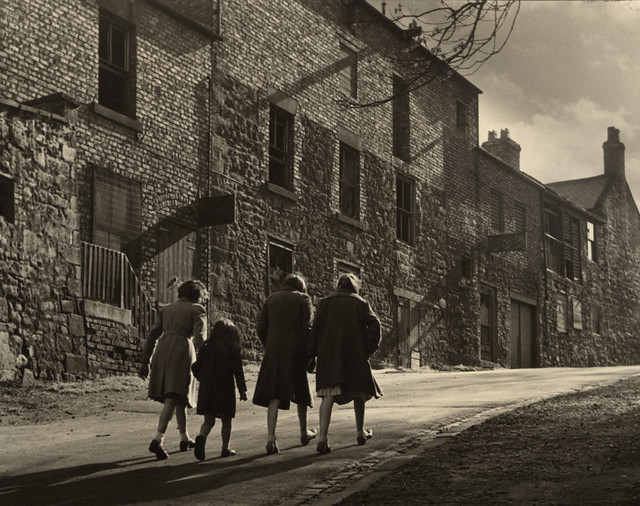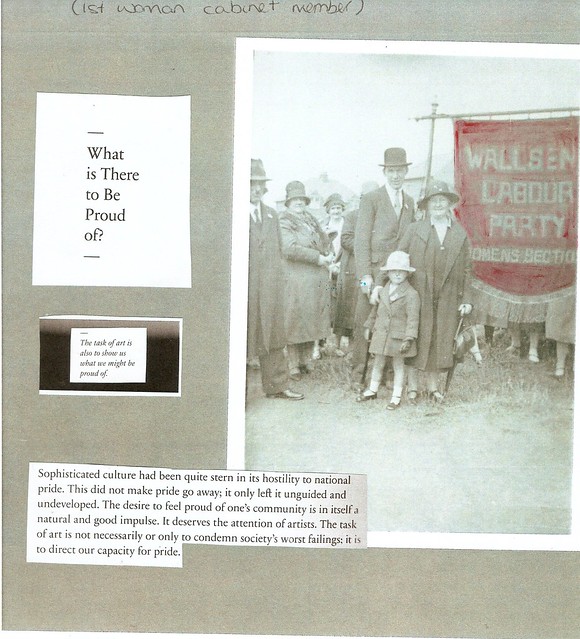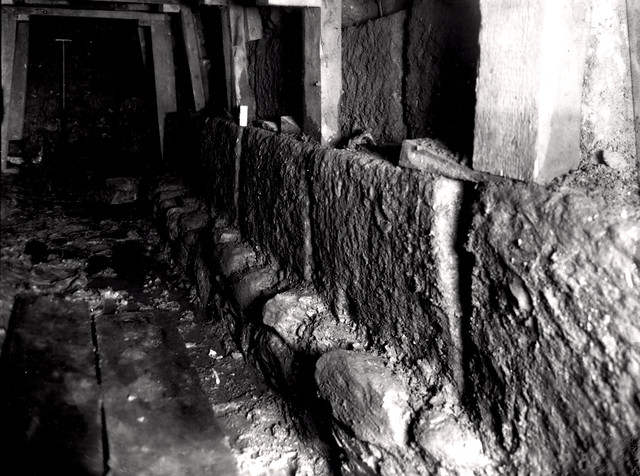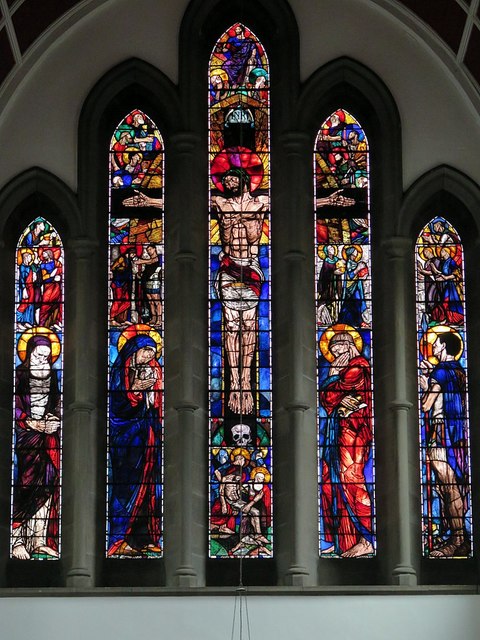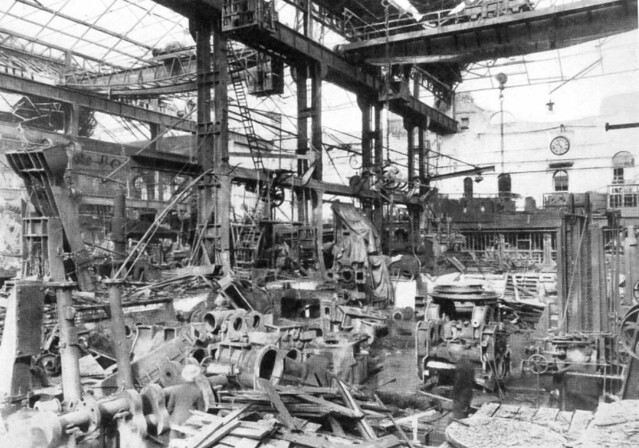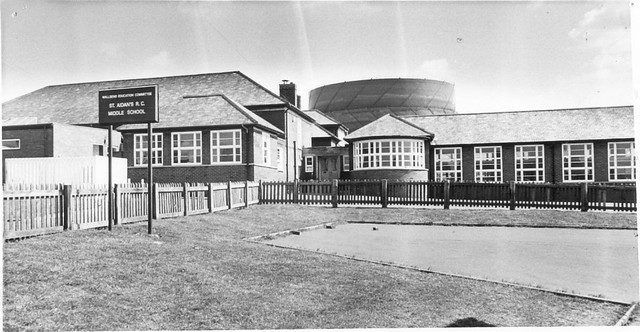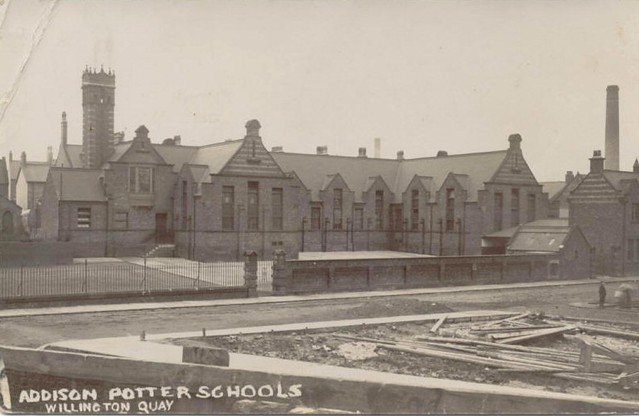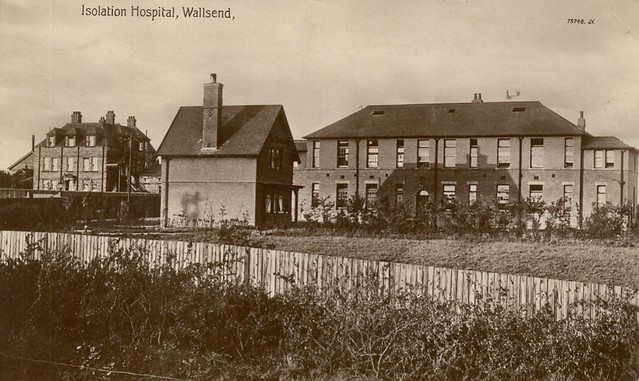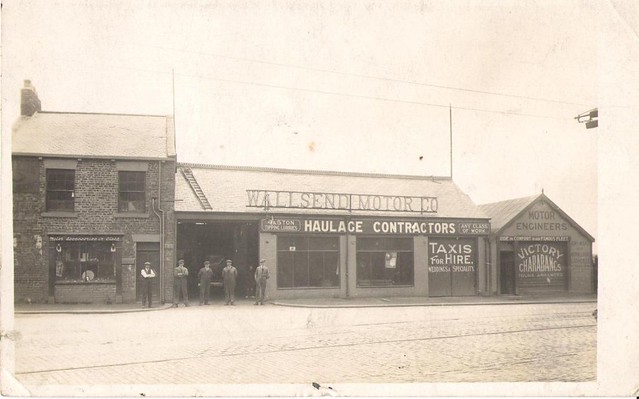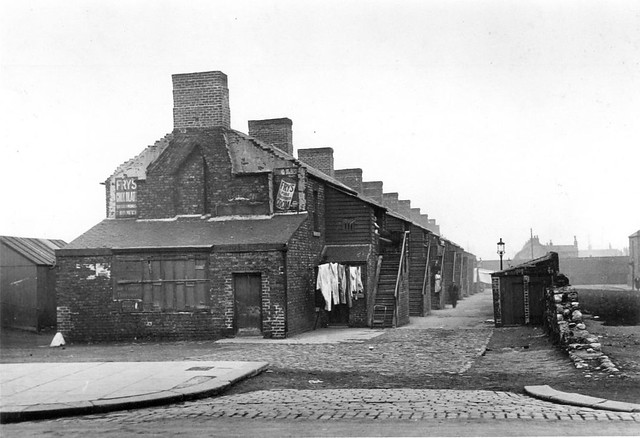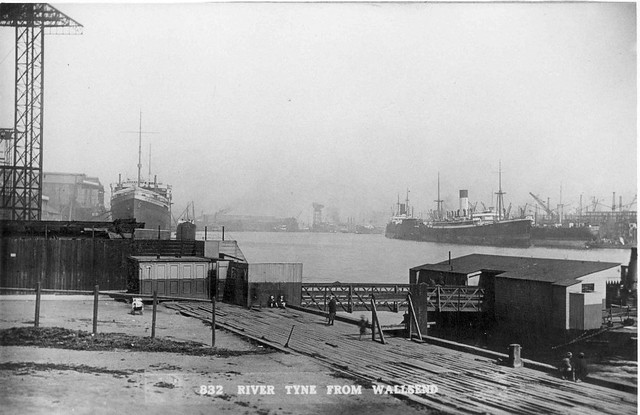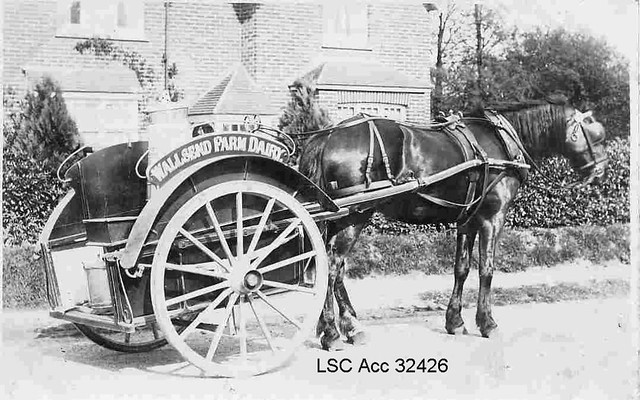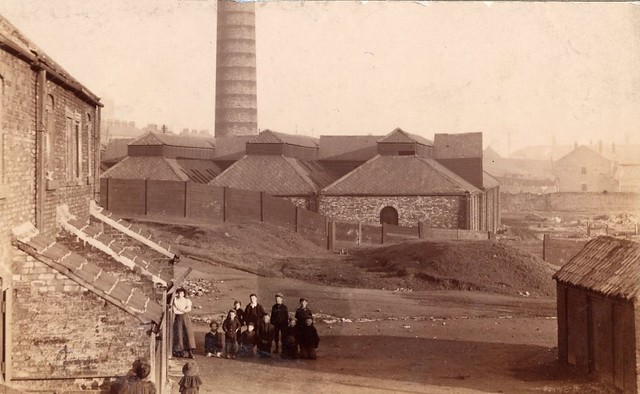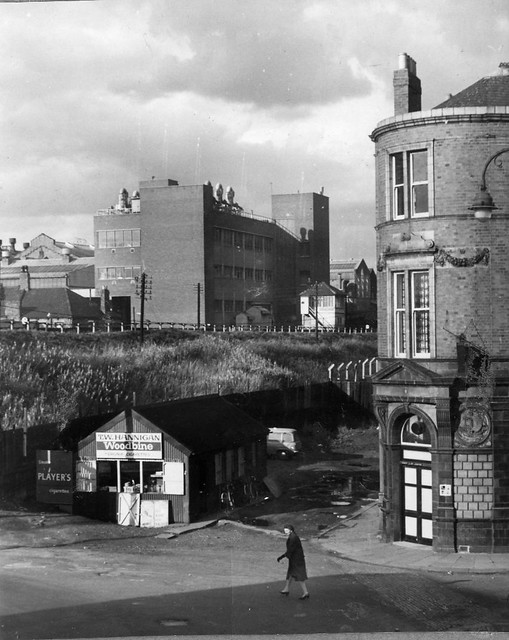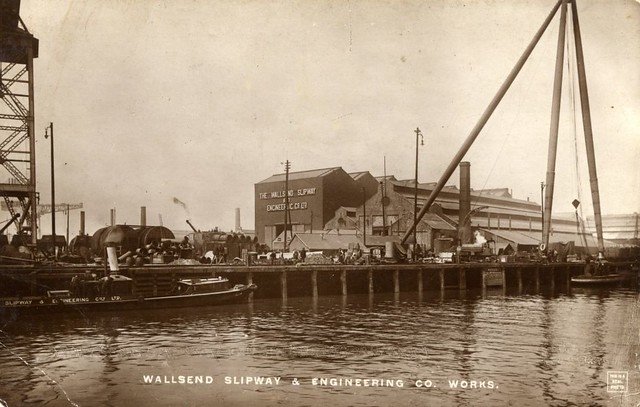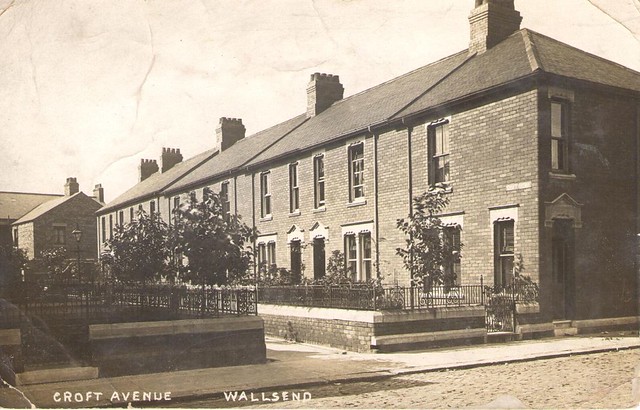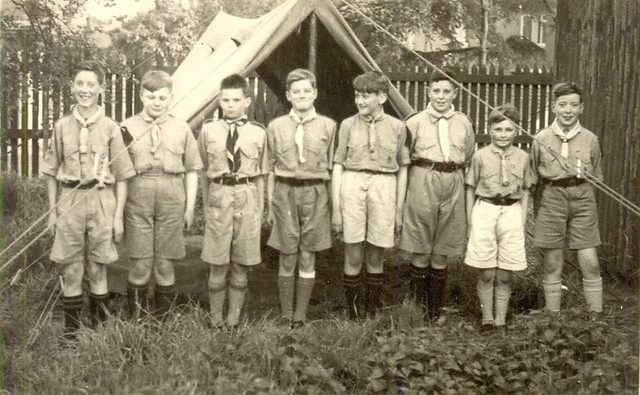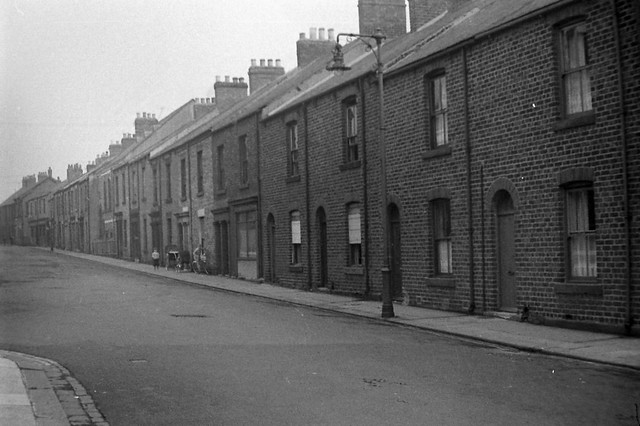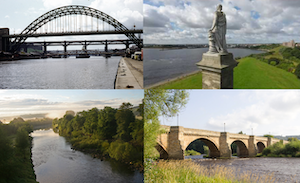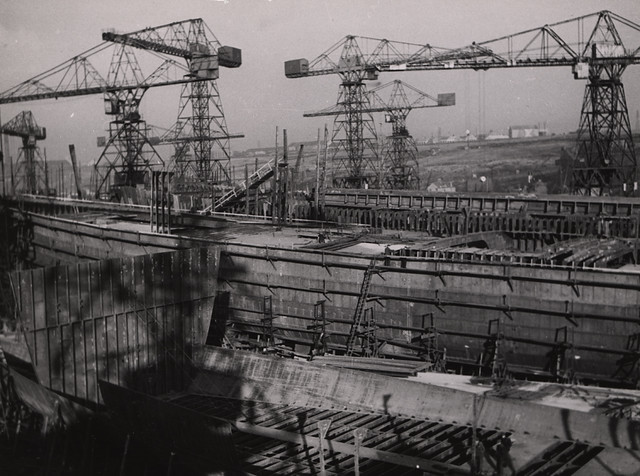Topics > Tyne and Wear > North Tyneside > Wallsend
Wallsend
Wallsend is an area of North Tyneside situated on the North banks of the River Tyne just over 3 miles east of Newcastle city centre. It's name derives from being the eastern end of Hadrian's Wall; and Wallsend is the location of Segedunum Roman Fort. Wallsend has a famous industrial past, with coal mining, including Wallsend Colliery and the Rising Sun Colliery. It was a major shipbuilding area with shipyards, such as Swan Hunter.
Romans
In Roman times, Wallsend hosted the fort Segedunum. This fort protected the eastern end of Hadrian's Wall, which terminated at the western wall of the fort.
Wallsend was occupied by the Romans for around 330 years from A.D. 81 to A.D. 410.
Pre-Conquest
The withdrawal of the Romans from the Wall immediately brought the Picts from the north and shortly after the Angles, sailing from near the mouth of the Elbe with frequent raids coming both from sea and land.
Ida the Saxon laid waste to the whole of the north in 547 and Wallsend doubtless suffered in the general devastation. It was not until the golden age of Northumberland under Edwin, and the subsequent introduction of the Christian faith by King Oswald (635-642) and Aidan that Wallsend enjoyed a time of peace and progress. This time of peace came to an abrupt end in 794 when the Danes swarmed up the Tyne in great number.
The years preceding the coming of William of Normandy were a struggle between Danes and Saxons striving for mastery.
19th century to present
Several urban sanitary districts were formed in the parish in the late 19th century: Willington Quay, Howdon and Wallsend itself. The first two joined to form the Willington Quay urban district under the Local Government Act 1894, with the portion of the parish outside any urban sanitary district forming the parish of Willington in Tynemouth Rural District. Wallsend became incorporated as a municipal borough in 1901, and in 1910 took over Willington Quay and Willington, and also part of the parish of Longbenton.
Shipbuilding
Wallsend has a history of shipbuilding and was the home of the Wigham Richardson shipyard, which later amalgamated to form Swan Hunter & Wigham Richardson, probably best known for building the RMS Mauretania. This express liner held the Blue Riband, for the fastest crossing of the Atlantic, for 22 years.
Other famous ships included the RMS Carpathia which rescued the survivors from the Titanic in 1912, and the icebreaker Krasin (launched as Sviatogor) which rescued the Umberto Nobile expedition on Spitzbergen in 1928, when Roald Amundsen perished. The story is retold in the movie The Red Tent, starring Sean Connery and Peter Finch.
Charles Parsons launched his revolutionary Turbinia here in 1894, thus not only revolutionising the navies of the world, but also, through the large-scale production of affordable electricity, making a significant contribution to the modern age. He features in a BBC film called The Inventor of the Twentieth Century.
Russian novelist Yevgeny Zamyatin worked at Swan Hunter in 1916-17, and used it as background for his great anti-utopian work We which was a major influence on George Orwell's Nineteen Eighty-Four.
WWII ships built here include and which took part in the sinking of the Bismarck. Other ships built there include the new HMS Ark Royal in the 1980s.
The shipyard closed in 2007. The musical The Last Ship by Sting is set in the shipyard. The former Wallsend Slipway & Engineering Company Shipyard continues to operate, constructing offshore oil rigs and as a TV studio, productions from there include the hit ITV drama Vera starring Brenda Blethyn and Inspector George Gently starring Martin Shaw.
Coal mining
Much of Wallsend's early industry was driven by coal mining. The Wallsend Colliery consisted of 7 pits which were active between 1778 and 1935. In the 1820s the pits became incorporated as Russell's Colliery, which then became The Wallsend and Hebburn Coal Company Ltd. By 1924 the colliery employed 2,183 people. Its most prominent manager was mining and railway engineer John Buddle who helped develop the Davy Lamp.
Between 1767 and 1925 there were 11 major incidents recorded at the colliery resulting in over 209 deaths. On 18 June 1835 a gas explosion in one of the tunnels killed 102 miners, the youngest of which was aged 8 and the oldest 75. Many of the dead were found with their cloth caps in their mouth. This is believed to have been an attempt to prevent inhalation of the gas which eventually killed them. The bodies were extracted and buried in St Peters churchyard at the top of the bank overlooking the Wallsend Burn. A plaque has been erected within the churchyard to commemorate this tragedy.
Recent history
The town has expanded greatly in terms of housing since the end of World War II, and since the 1960s.
Wallsend Town Centre—including the main shopping area known as the “Wallsend Forum”—is in fact to the west of the land covered by the town. To the north of this area lies the older estate of High Farm and the new estate of Hadrian Lodge. The town centre of Wallsend is separated from the eastern areas of the town by the Wallsend Burn, a stream running through a small glacial valley from north-west to south-east and through the Willington Gut into the River Tyne. To the east of the Burn is the old area of Holy Cross, which contains the ruins of a medieval church, the pre-war estate of Rosehill and the mainly post-war estate of Howdon. To the south of Howdon lies Willington Quay which, as it name suggests, once served shipping but which is now dominated by industry and housing. East Howdon forms a small enclave between Willington Quay and North Shields.
The town’s principal thoroughfare and shopping street is the High Street. To the north of this street is Wallsend Green, the town’s most picturesque area, consisting of large houses surrounding a green square. Behind the Green, where the Burn runs through the parkland of the Hall Grounds lies Wallsend Park, a traditional British municipal park, whose restoration has frequently been demanded by local residents and is planned with many improvements such as a skate and BMX park, better pathways, and a rebuilding of the Duffy Memorial Fountain.
On Rheydt Avenue in Wallsend is Centurion Park Golf Club, previously named Wallsend Golf Club. It has 18 holes and a driving range.
The town is home to Wallsend Boys Club, an association football club, which has produced many famous players such as Alan Shearer, Lee Clark, Steve Watson, Peter Beardsley, Robbie Elliott, Mick Tait and Michael Carrick. It is also hometown and birthplace to internationally successful musician Sting, whose song All This Time refers to the Roman wall and fort. The musical The Last Ship, composed and written by Sting, is set in Wallsend.
Commemorating Roman history
In dedication to its Roman heritage, Wallsend’s historic name Sedgedunum is stated in many occasions throughout the town and signs also with Latin wordings can be found. Wallsend Metro Station, which serves the town, has some signs in English and Latin. Such translations tend to amuse with contrasts between today’s and ancient times. Segedunum Roman Fort Museum has displays on Roman history as well as reconstructions of a bath house and a section of the Roman Wall which once stood on the site.
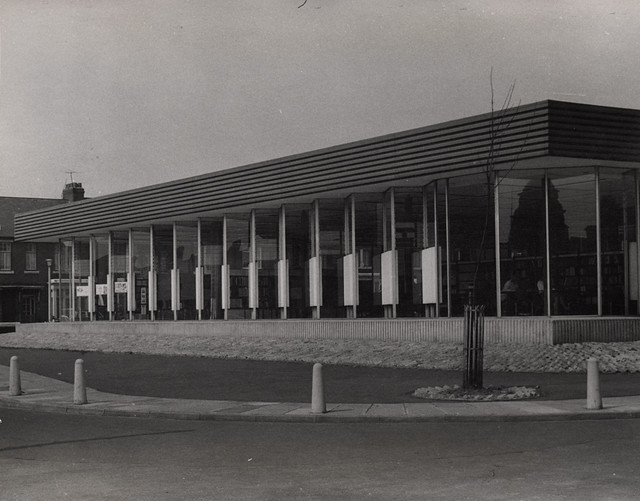
from Newcastle libraries (flickr)
021086:Wallsend Library Wallsend North Tyneside 1970
Pinned by Co-Curate Team
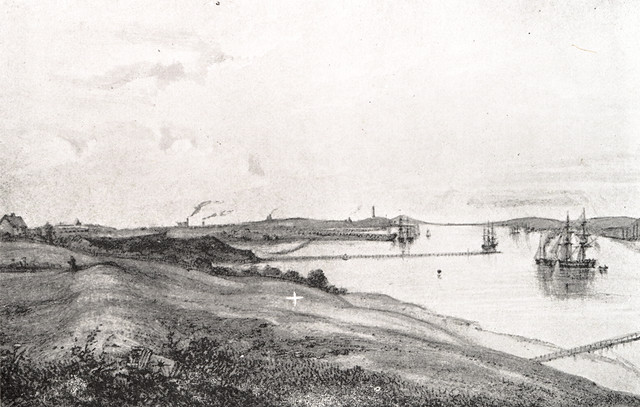
from Newcastle libraries (flickr)
002653a:The River Tyne at Wallsend C. 1850
Pinned by Co-Curate Team
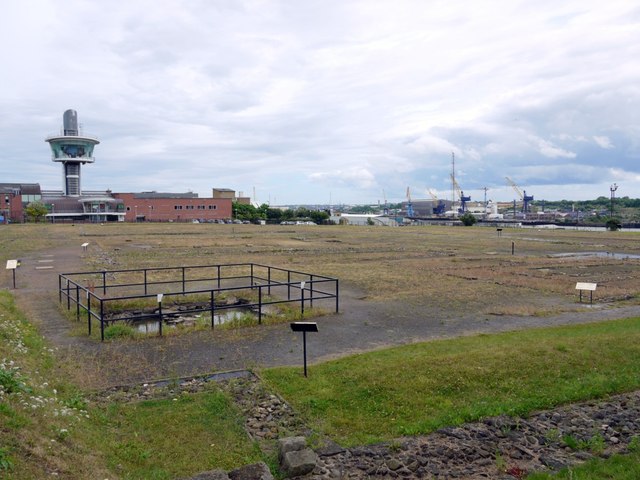
Co-Curate Page
Segedunum
- Overview About Segedunum Map Segedunum was a Roman fort built at the eastern end of Hadrian's Wall near the banks of the River Tyne. It is located in modern-day Wallsend, …

from Flickr (flickr)
R Holland Butchers, Wallsend, Newcastle Upon On Tyne, c. 1910
Pinned by Simon Cotterill
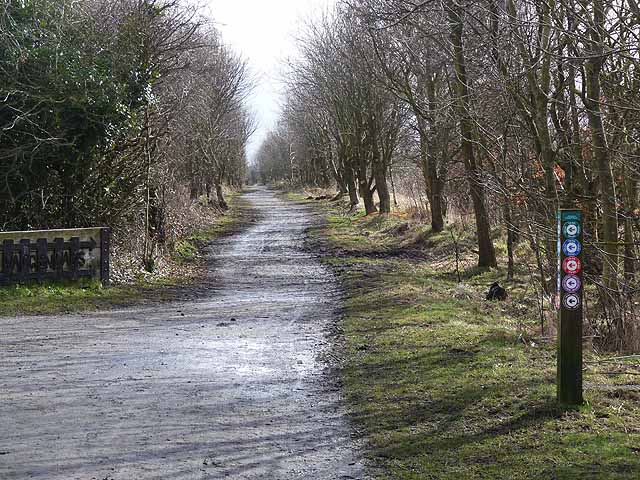
Co-Curate Page
Rising Sun Country Park
- A 400 acre park with free admission. The park includes grassland, woodland, pond, wetlands and a lake - supporting diverse wildlife. There is a community farm, visitor centre and educational …
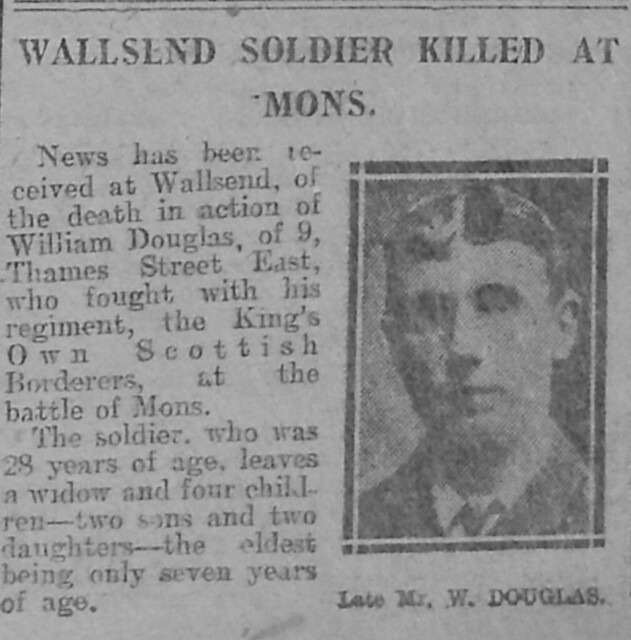
from IllustratedChronicles (flickr)
William Douglas, Wallsend, killed at Mons
Pinned by Simon Cotterill
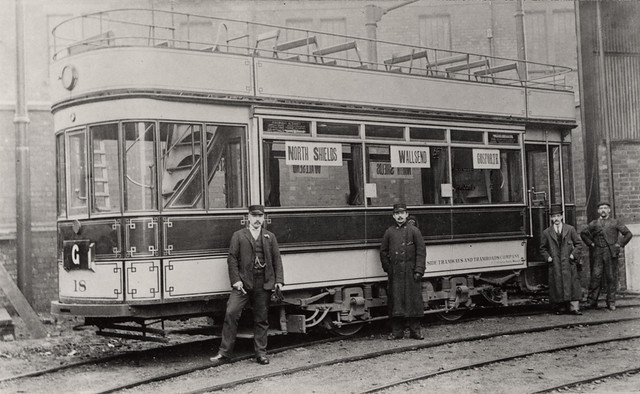
from Newcastle libraries (flickr)
046136:Neptune Bank Depot, Wallsend, c1902
Pinned by Simon Cotterill
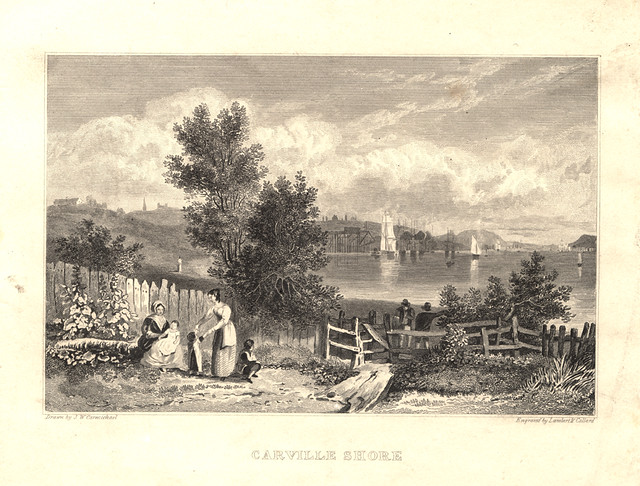
from Newcastle libraries (flickr)
006263:The River Tyne at Wallsend C. 1820
Pinned by Simon Cotterill
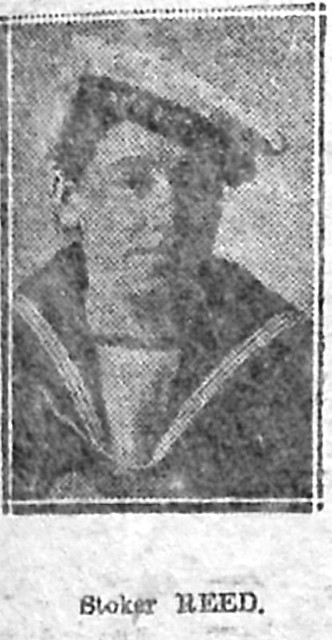
from IllustratedChronicles (flickr)
Reed, Wallsend, Stoker, killed in action
Pinned by Simon Cotterill
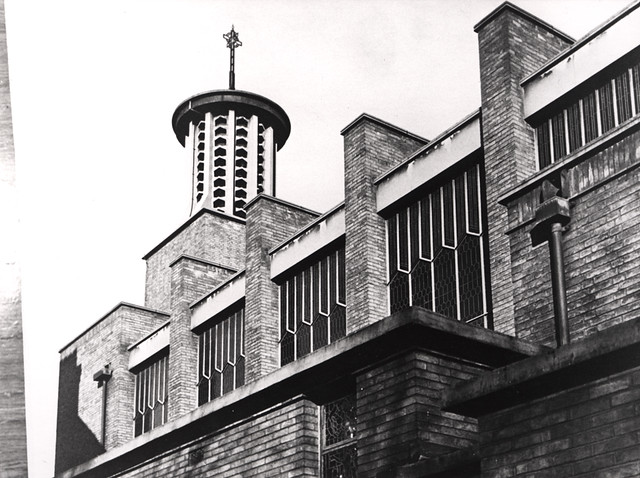
from Newcastle libraries (flickr)
037180:Our Lady and St Columba Catholic Church (Carville Rd Wallsend)
Pinned by Simon Cotterill

from Newcastle libraries (flickr)
026943:Wallsend St.Peter's Church C.1890
Pinned by Simon Cotterill
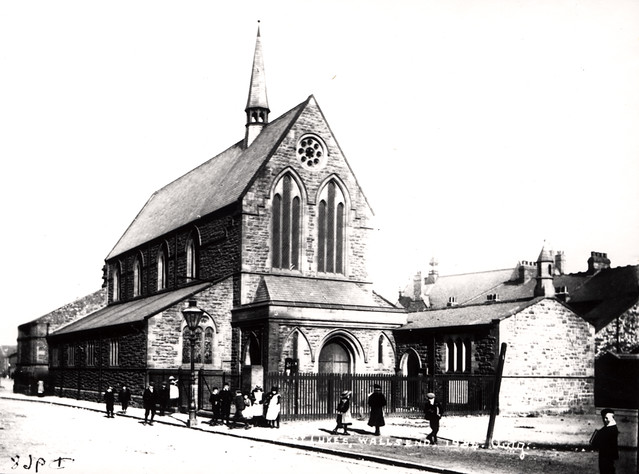
from Newcastle libraries (flickr)
028926:Wallsend St. Luke's Church C. 1900
Pinned by Simon Cotterill

from Newcastle libraries (flickr)
002656:Roman Altar Wallsend unknown undated
Pinned by Simon Cotterill
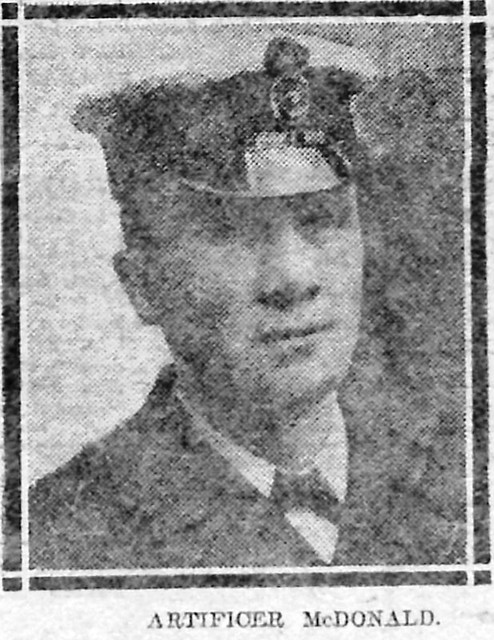
from IllustratedChronicles (flickr)
George D McDonald, Wallsend, lost at sea
Pinned by Simon Cotterill

Co-Curate Page
Hadrian's Wall
- Overview About Hadrian's Wall Hadrian's Wall stretches over 73 miles (117 km) coast to coast across Northern England. Construction began in AD 122 during the rule of emperor Hadrian. The …
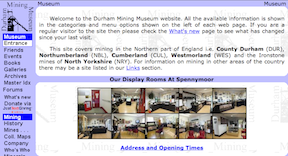
from http://www.dmm.org.uk/collier…
Wallsend Colliery
- also known as Russell's Wallsend. Opened before 1782
Added by
Simon Cotterill
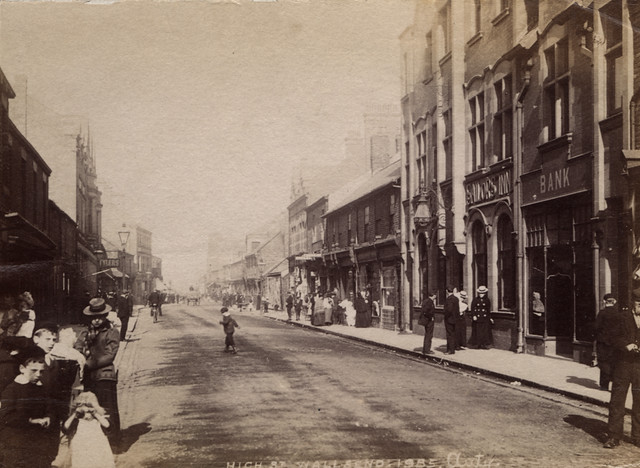
from Newcastle libraries (flickr)
069738: Wallsend High Street (West) c1890
Pinned by Simon Cotterill
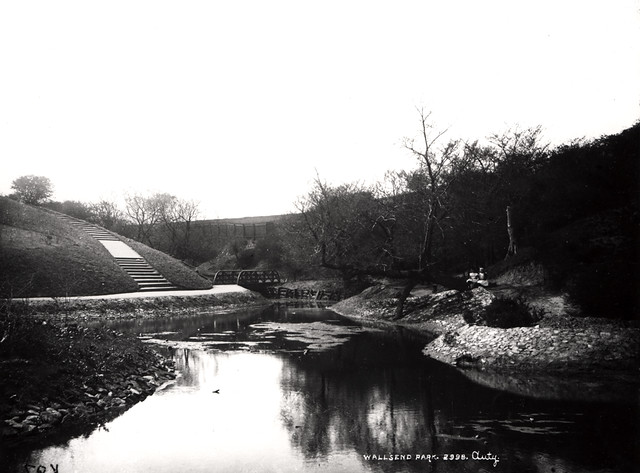
from Newcastle libraries (flickr)
024248:Wallsend Park Wallsend Tyne and Wear c.1900
Pinned by Simon Cotterill

Co-Curate Page
Scaffold Hill Hospital, Wallsend (1914-1986)
- Overview Map Street View The isolation hospital was officially opened in 1914 to house sufferers of infectious diseases such as tuberculosis, scarlet fever and measles at a time when the …
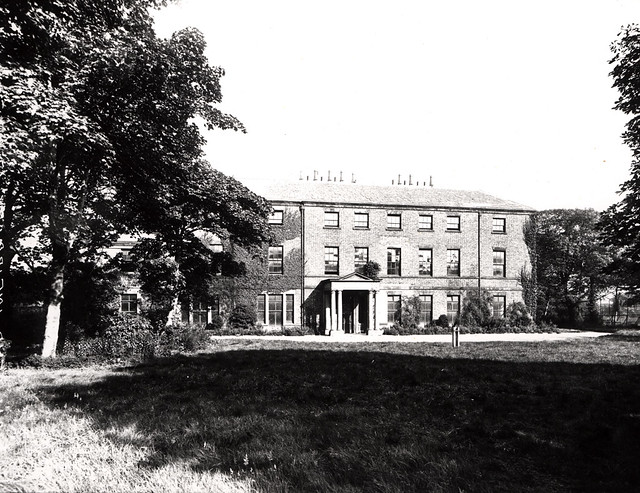
from Newcastle libraries (flickr)
026268:Sir G. B. Hunter Memorial Hospital (Wallsend Infirmary) Wallsend North Tyneside Tyne and Wear c. 1930
Pinned by Simon Cotterill

from https://co-curate.ncl.ac.uk/w…
Coal Drops, Wallsend Colliery
- Image from TE. Forster, 'Historical notes on Wallsend Colliery', published 1898. Image is public domain (the author deceased over 70 years ago).
Added by
Pat Thomson
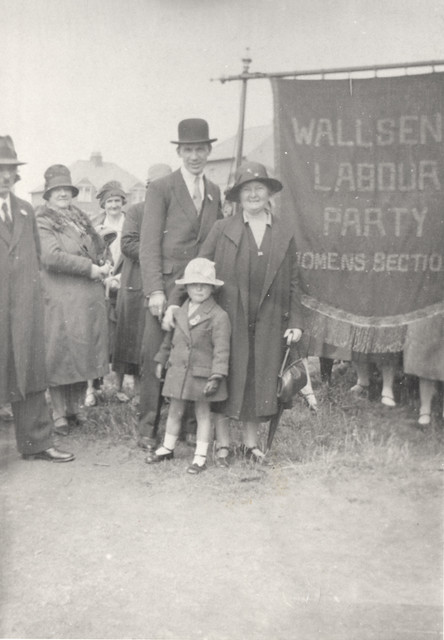
from Newcastle libraries (flickr)
055899:Right Hon. Margaret Bondfield Unknown 1929
Pinned by Simon Cotterill

from https://vimeo.com/189390976
Wallsend 1972 : Bringing the band back together
- "A new film project in search of former members of the Rising Sun Junior Jazz Band..."
Added by
Simon Cotterill
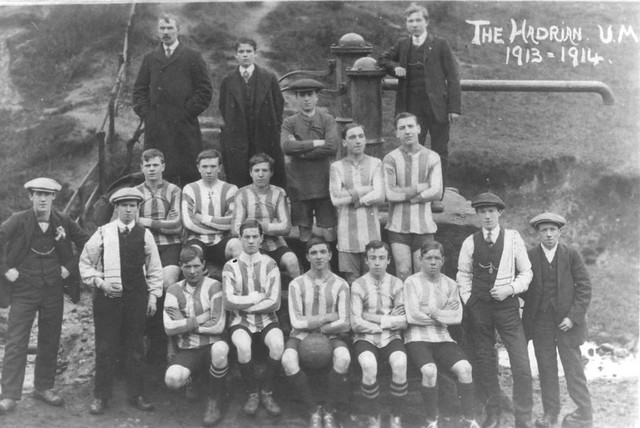
from Flickr (flickr)
Acc 9893 Hadrian Road Mission football team 1913-14 at pump in Wallsend Dene flickr
Pinned by Simon Cotterill

from Flickr (flickr)
Acc 42297 Corner of Carville Road and Buddle Street Wallsend Flikr
Pinned by Simon Cotterill

from Flickr (flickr)
Acc 42844 Hadrian Road Postcardsent from Mrs Moffett Snr and Mrs E E Moffett at no 6 to Mr Friar at no 43 Flickr
Pinned by Simon Cotterill

from Flickr (flickr)
Acc 49104 Railway Inn and Millers Bank Wallsend Flickr
Pinned by Simon Cotterill
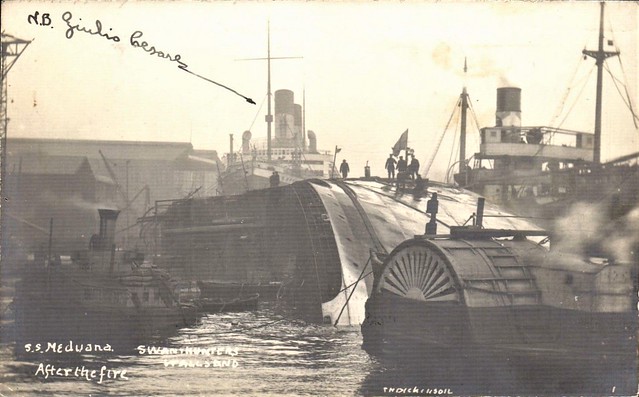
from Flickr (flickr)
Wallsend. SS Meduana Fire, Swann Hunters 1 by T.H.Dickinson. Giulio Cesare. 1920 DISASTER NORTHUMBERLAND
Pinned by Peter Smith
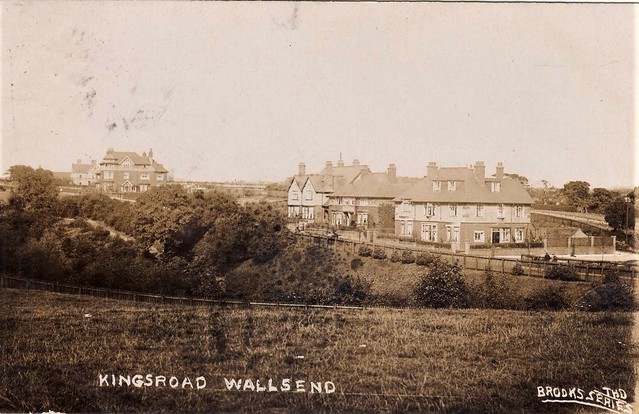
from Flickr (flickr)
NORTHUMBERLAND, WALLSEND, KINGS ROAD, GENERAL VIEW, 1911, RP
Pinned by Peter Smith


from Newcastle libraries (flickr)
021086:Wallsend Library Wallsend North Tyneside 1970
Pinned by Co-Curate Team

from Newcastle libraries (flickr)
002653a:The River Tyne at Wallsend C. 1850
Pinned by Co-Curate Team

Co-Curate Page
Segedunum
- Overview About Segedunum Map Segedunum was a Roman fort built at the eastern end of Hadrian's Wall near the banks of the River Tyne. It is located in modern-day Wallsend, …

from Flickr (flickr)
R Holland Butchers, Wallsend, Newcastle Upon On Tyne, c. 1910
Pinned by Simon Cotterill

Co-Curate Page
Rising Sun Country Park
- A 400 acre park with free admission. The park includes grassland, woodland, pond, wetlands and a lake - supporting diverse wildlife. There is a community farm, visitor centre and educational …

from IllustratedChronicles (flickr)
William Douglas, Wallsend, killed at Mons
Pinned by Simon Cotterill

from Newcastle libraries (flickr)
046136:Neptune Bank Depot, Wallsend, c1902
Pinned by Simon Cotterill

from Newcastle libraries (flickr)
006263:The River Tyne at Wallsend C. 1820
Pinned by Simon Cotterill

from IllustratedChronicles (flickr)
Reed, Wallsend, Stoker, killed in action
Pinned by Simon Cotterill

from Newcastle libraries (flickr)
037180:Our Lady and St Columba Catholic Church (Carville Rd Wallsend)
Pinned by Simon Cotterill

from Newcastle libraries (flickr)
026943:Wallsend St.Peter's Church C.1890
Pinned by Simon Cotterill

from Newcastle libraries (flickr)
028926:Wallsend St. Luke's Church C. 1900
Pinned by Simon Cotterill

from Newcastle libraries (flickr)
002656:Roman Altar Wallsend unknown undated
Pinned by Simon Cotterill

from IllustratedChronicles (flickr)
George D McDonald, Wallsend, lost at sea
Pinned by Simon Cotterill

Co-Curate Page
Hadrian's Wall
- Overview About Hadrian's Wall Hadrian's Wall stretches over 73 miles (117 km) coast to coast across Northern England. Construction began in AD 122 during the rule of emperor Hadrian. The …

from http://www.dmm.org.uk/collier…
Wallsend Colliery
- also known as Russell's Wallsend. Opened before 1782
Added by
Simon Cotterill

from Newcastle libraries (flickr)
069738: Wallsend High Street (West) c1890
Pinned by Simon Cotterill

from Newcastle libraries (flickr)
024248:Wallsend Park Wallsend Tyne and Wear c.1900
Pinned by Simon Cotterill

Co-Curate Page
Scaffold Hill Hospital, Wallsend (1914-1986)
- Overview Map Street View The isolation hospital was officially opened in 1914 to house sufferers of infectious diseases such as tuberculosis, scarlet fever and measles at a time when the …

from Newcastle libraries (flickr)
026268:Sir G. B. Hunter Memorial Hospital (Wallsend Infirmary) Wallsend North Tyneside Tyne and Wear c. 1930
Pinned by Simon Cotterill

from https://co-curate.ncl.ac.uk/w…
Coal Drops, Wallsend Colliery
- Image from TE. Forster, 'Historical notes on Wallsend Colliery', published 1898. Image is public domain (the author deceased over 70 years ago).
Added by
Pat Thomson

from Newcastle libraries (flickr)
055899:Right Hon. Margaret Bondfield Unknown 1929
Pinned by Simon Cotterill

from https://vimeo.com/189390976
Wallsend 1972 : Bringing the band back together
- "A new film project in search of former members of the Rising Sun Junior Jazz Band..."
Added by
Simon Cotterill

from Flickr (flickr)
Acc 9893 Hadrian Road Mission football team 1913-14 at pump in Wallsend Dene flickr
Pinned by Simon Cotterill

from Flickr (flickr)
Acc 42297 Corner of Carville Road and Buddle Street Wallsend Flikr
Pinned by Simon Cotterill

from Flickr (flickr)
Acc 42844 Hadrian Road Postcardsent from Mrs Moffett Snr and Mrs E E Moffett at no 6 to Mr Friar at no 43 Flickr
Pinned by Simon Cotterill

from Flickr (flickr)
Acc 49104 Railway Inn and Millers Bank Wallsend Flickr
Pinned by Simon Cotterill

from Flickr (flickr)
Wallsend. SS Meduana Fire, Swann Hunters 1 by T.H.Dickinson. Giulio Cesare. 1920 DISASTER NORTHUMBERLAND
Pinned by Peter Smith

from Flickr (flickr)
NORTHUMBERLAND, WALLSEND, KINGS ROAD, GENERAL VIEW, 1911, RP
Pinned by Peter Smith

Tyne and Wear
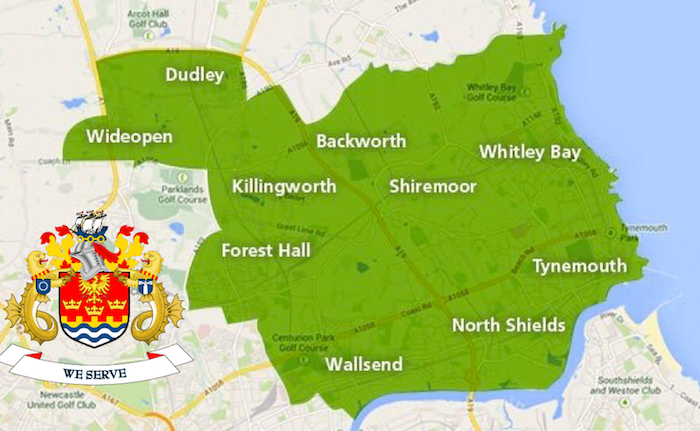
North Tyneside
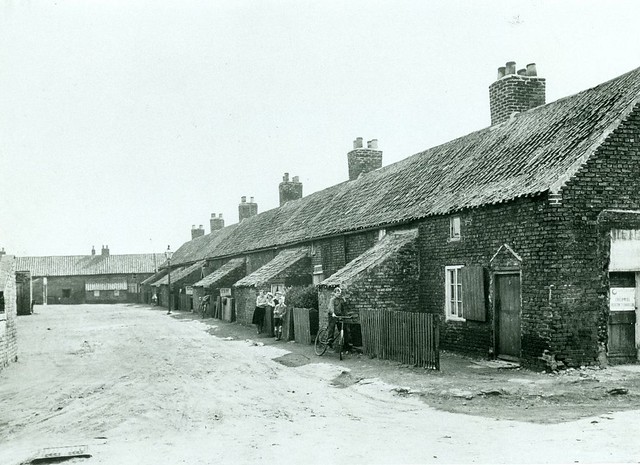
Bigges Main
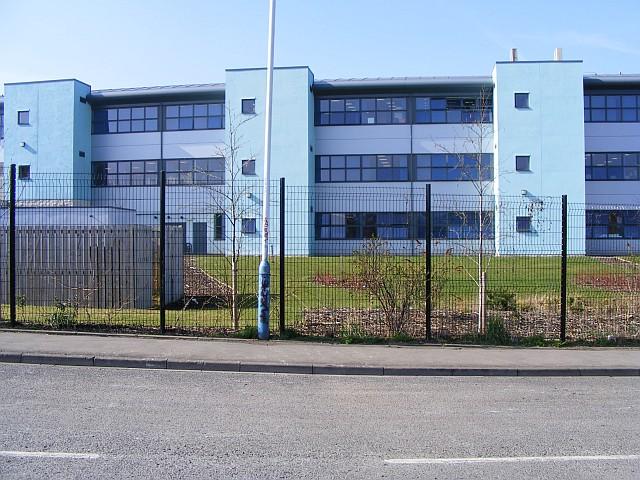
Burnside College, Wallsend
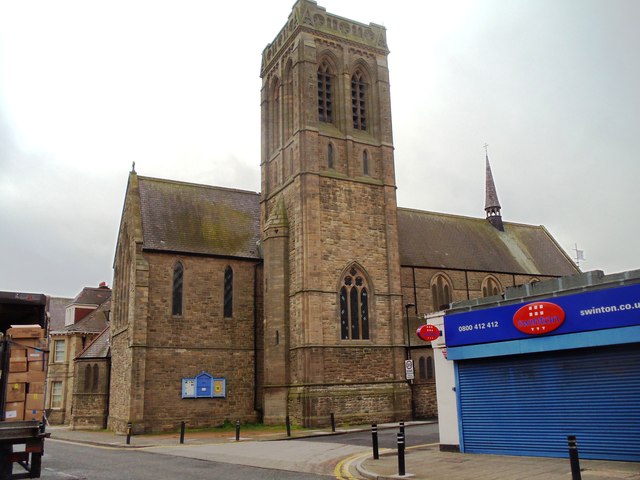
Church of St Luke, Wallsend
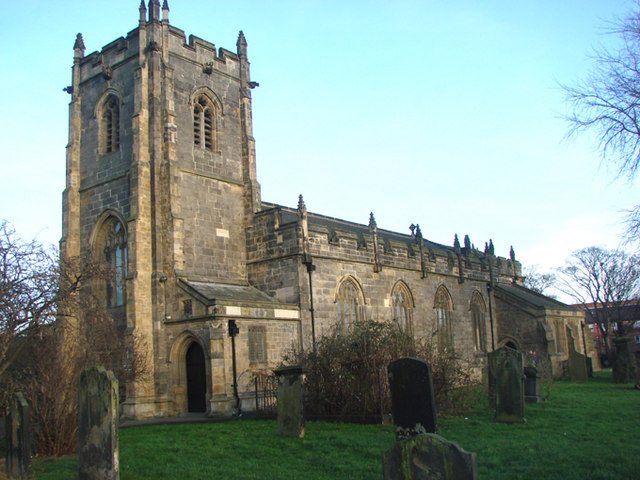
Church of St Peter, Wallsend
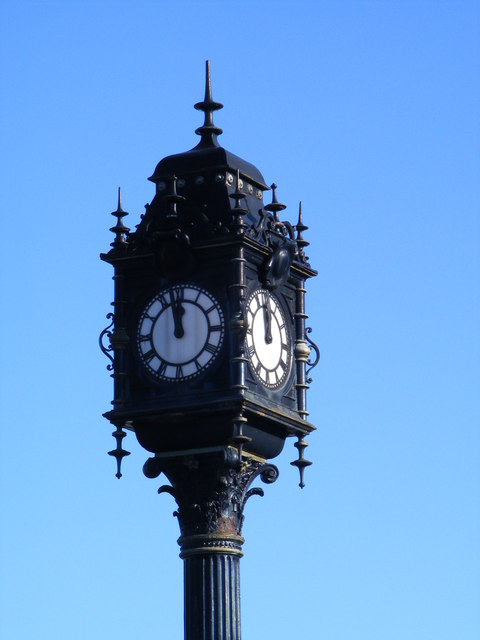
Clock on Buddle Street, Wallsend
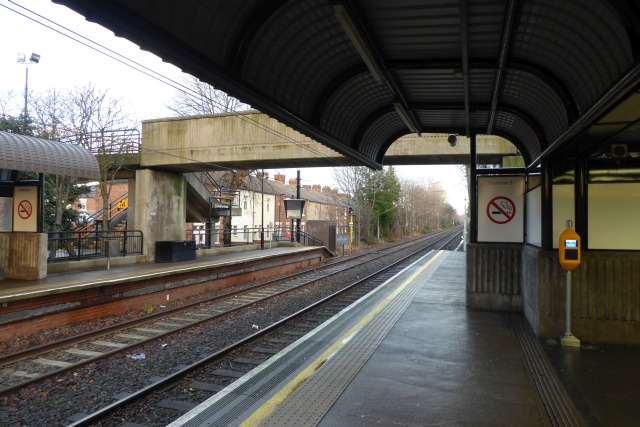
Hadrian Road Metro Station

High Street, Wallsend
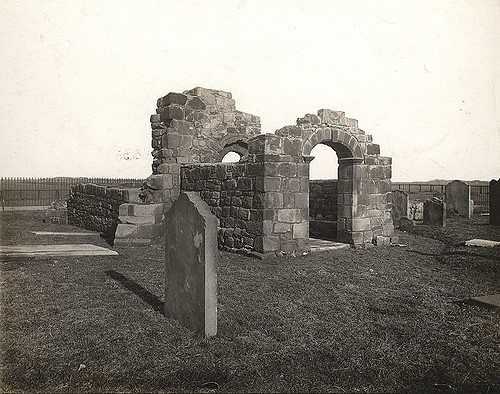
Holy Cross Church (ruins), Wallsend
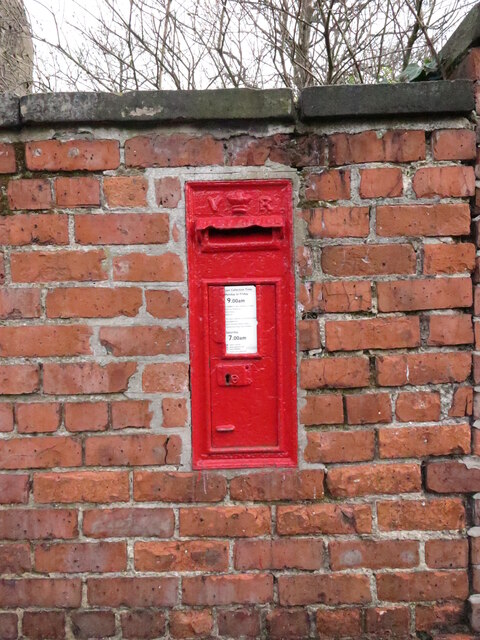
Lily Bank, Wallsend

Map and Aerial View of Wallsend
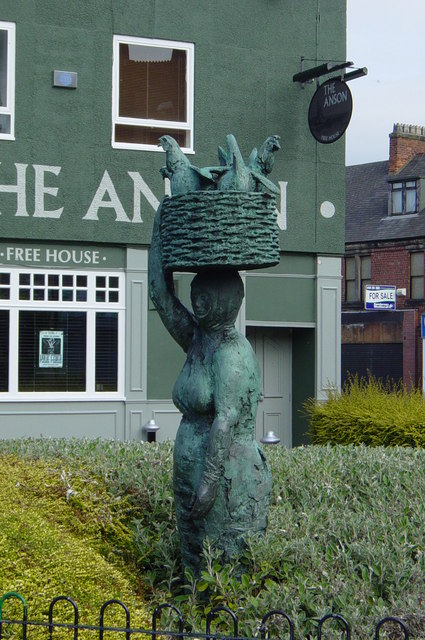
Market Woman, Wallsend

Notable Buildings in Wallsend

Notable People from Wallsend's History
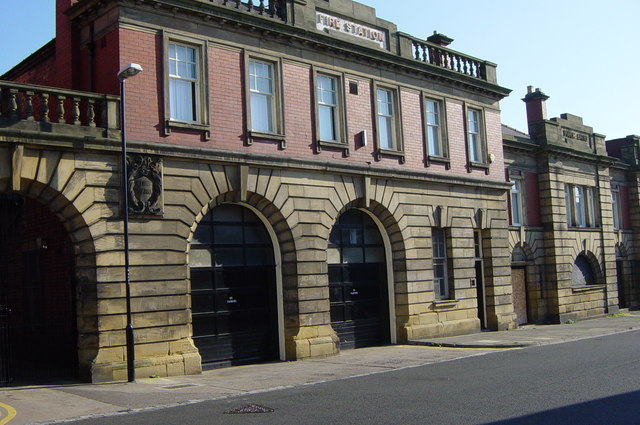
Old Fire Station, Wallsend

Public Baths, Wallsend

Pubs in Wallsend
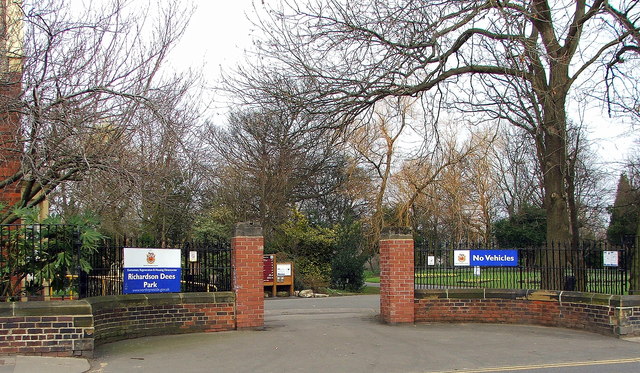
Richardson Dees Park, Wallsend
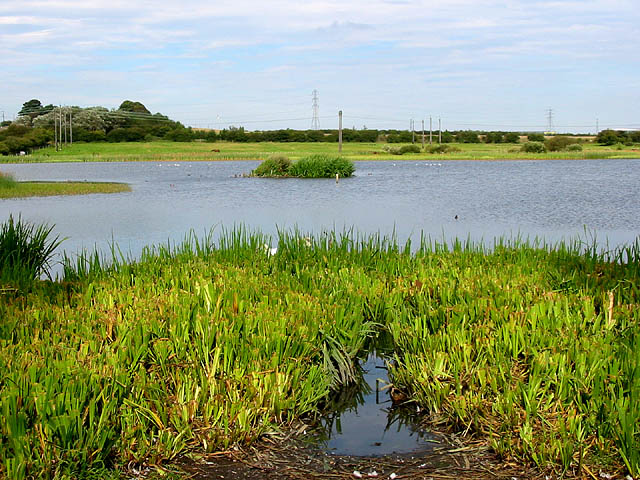
Rising Sun Colliery (1908-1969)
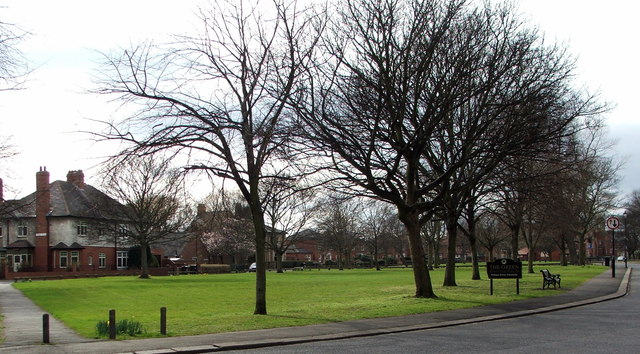
The Green, Wallsend
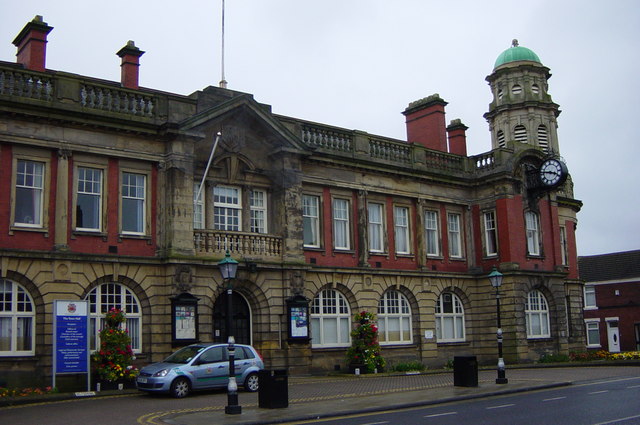
Town Hall, Wallsend

Wallsend at War
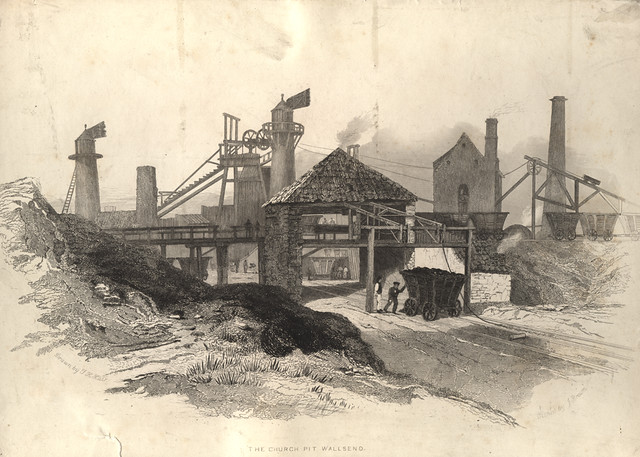
Wallsend Colliery (1778 - 1935)

Wallsend Hall

Wallsend Library
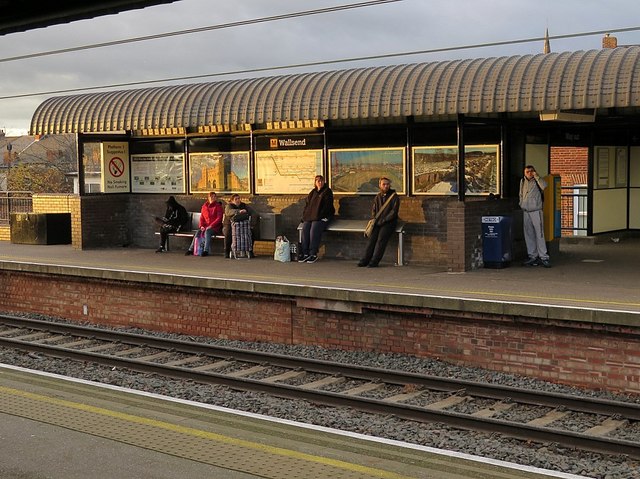
Wallsend Metro Station

Wallsend Parish, 1848

Wallsend Parish, 1855

Wallsend, Historical Account, 1890
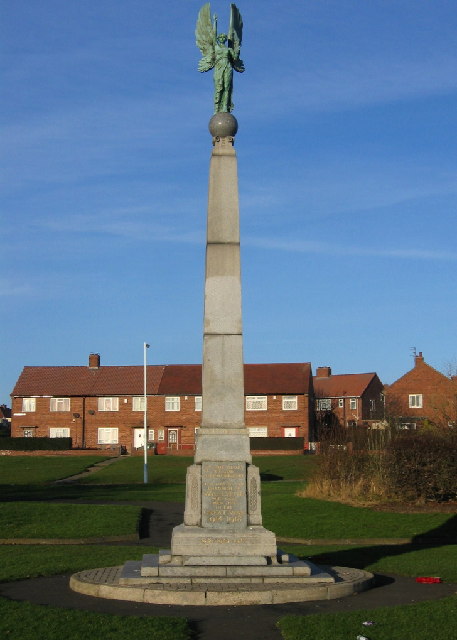
War Memorial, Wallsend
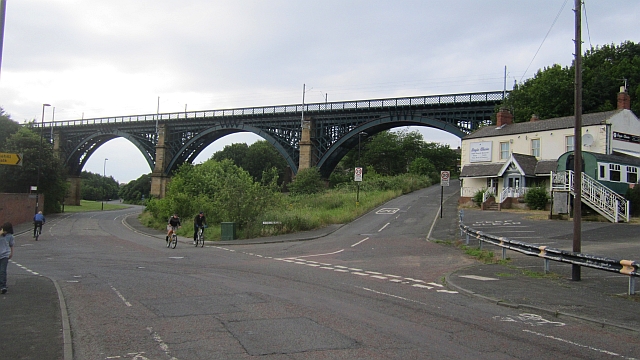
Willington Dene Viaduct
